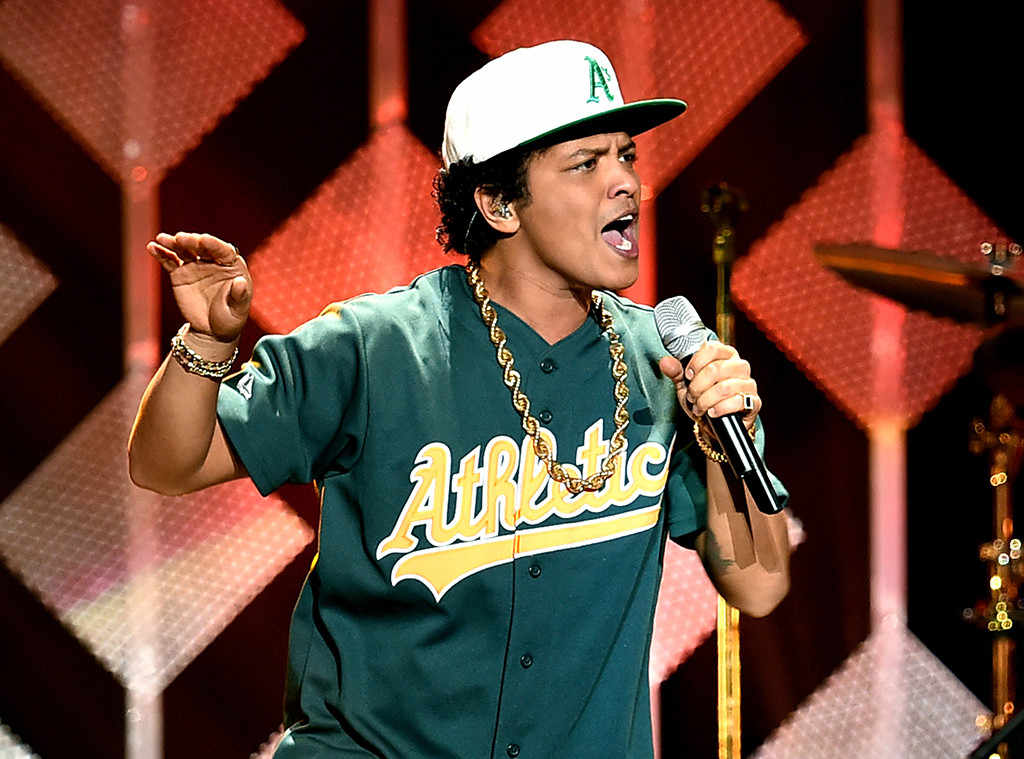Childhood Cancer: Understanding The Facts And Finding Hope
Childhood Cancer: Facts And Statistics
- Childhood cancer is relatively rare, accounting for less than 1% of all cancer cases worldwide.
- The most common types of childhood cancer include leukemia, brain tumors, and lymphoma.
- Each year, approximately 300,000 children under the age of 20 are diagnosed with cancer.
- Despite advances in treatment, cancer remains the leading cause of death among children in the United States.
Treatment Options For Childhood Cancer
When a child is diagnosed with cancer, the treatment plan will vary depending on the type and stage of the disease. Some common treatment options include:
- Chemotherapy: This is the most common form of treatment for childhood cancer and involves the use of powerful drugs to kill cancer cells.
- Radiation Therapy: This treatment uses high-energy rays to target and destroy cancer cells.
- Surgery: In some cases, surgery may be necessary to remove tumors or cancerous tissue.
- Bone Marrow Transplant: This procedure replaces damaged or diseased bone marrow with healthy stem cells.
- Immunotherapy: This cutting-edge treatment helps the immune system to fight cancer cells more effectively.
Stories Of Hope: Facing Childhood Cancer With Courage
One family's journey with childhood cancer began when their youngest son, Alex, was diagnosed with leukemia at the age of five. Despite the challenges they faced, Alex's parents remained hopeful and determined to help him beat the disease. Through chemotherapy, radiation, and a bone marrow transplant, Alex's cancer eventually went into remission, and he is now a thriving teenager with a bright future ahead.
Another inspiring story comes from Sarah, a young girl who was diagnosed with a rare brain tumor at the age of ten. After undergoing surgery to remove the tumor, Sarah's doctors recommended a combination of chemotherapy and radiation therapy to prevent the cancer from returning. With the support of her family and medical team, Sarah completed her treatment and is now living a healthy, cancer-free life.
Conclusion
Childhood cancer is a challenging and frightening diagnosis, but with advances in medical research and treatment options, there is hope for children facing this disease. By raising awareness, supporting research efforts, and offering compassion to families dealing with childhood cancer, we can all play a role in finding a cure. Remember, no child fights alone in the battle against cancer.
.jpeg)

.jpeg)
.jpeg)




.jpeg)

.jpeg)